Making My Toolbox – Truing and Sizing My Wood

To start with, in this blog I am using up a board of laminated stock I bought from a carboot sale a few months back. £10 for two 2′ x 8′ boards was to good to pass up, knots or no. You may be buying such stock for yours too or gluing up your own boards to create wider stock. This is indeed pretty knotty but it still will work easily and is also fine for a toolbox and especially one I am likely going to paint with milk paint or something like. This box was painted too and stripped at some point before waxing it.
My box is to replicate the existing above and I must thin the boards down from their 13/16” thickness to just over a 9/16”. I’m going to leave it slightly fat so that when I plane up the outside when the box is fully jointed it finishes out at 9/16” dead. One thing for sure about this craftsman, he was conscious of weight and new that when a box, even a smaller one like this, is fully laden with tools the weight becomes critical.
The cut sizes for the box:
Front and back 9/16″ x 12 3/4″ x 32 3/4″ long
Ends 9/16″ x 12 3/4″ x 13 11/16″ long
First I trued up one face and took out the distortions of twist and cup until flat. A #4 smoother works best for this. I marked the face with the facemark.
For planing the edge true I used a jack plane, but the smoothing plane would have worked for this just fine.
I checked for squareness as I went.
Once the face and edge were trued and squared I used the panel gauge to mark the width and then ripped down the line leaving it full enough to plane to dead width.
I planed the overall width and checked for exactness.
Using the marking gauge set to 9/16” I scored my lines onto the ends and edges.
I used my scrub #4 to remove the bulk of the thickness planing directly across and tangentially to the run of the grain. The final strokes I finished with a #4 smoother.
I cross cut the board to length using the knifewall to get close to exactness and then trued up the surface with a #4 smoother.
I usually put the paired boards together for this, especially on thinner stock as this increases the registration surface to reference the plane to.
Now that the boards are planed to thickness, trued parallel and squared I am ready for laying out the dovetails.


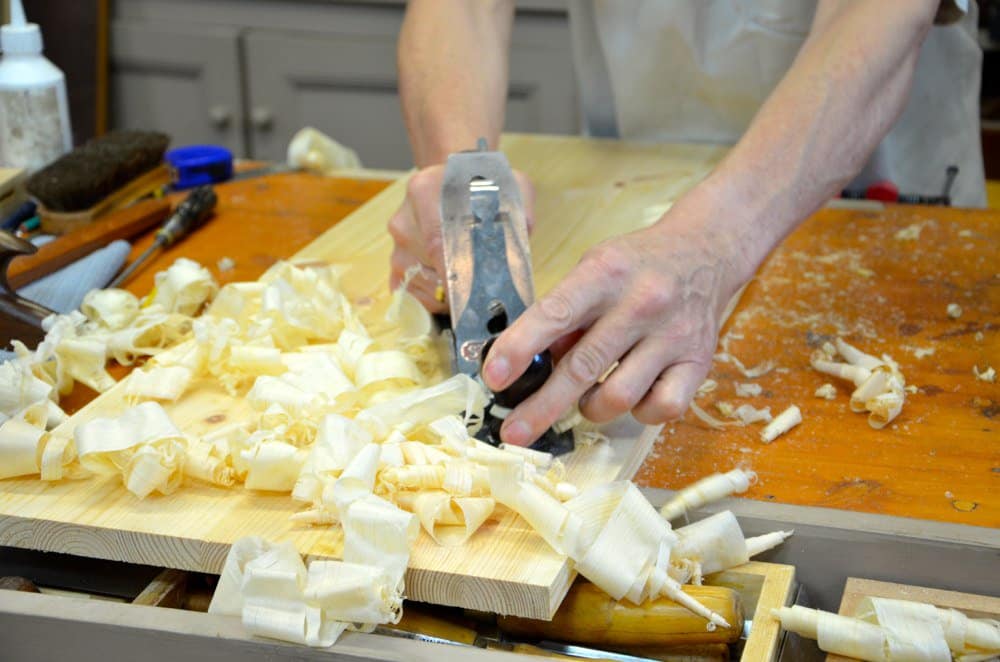
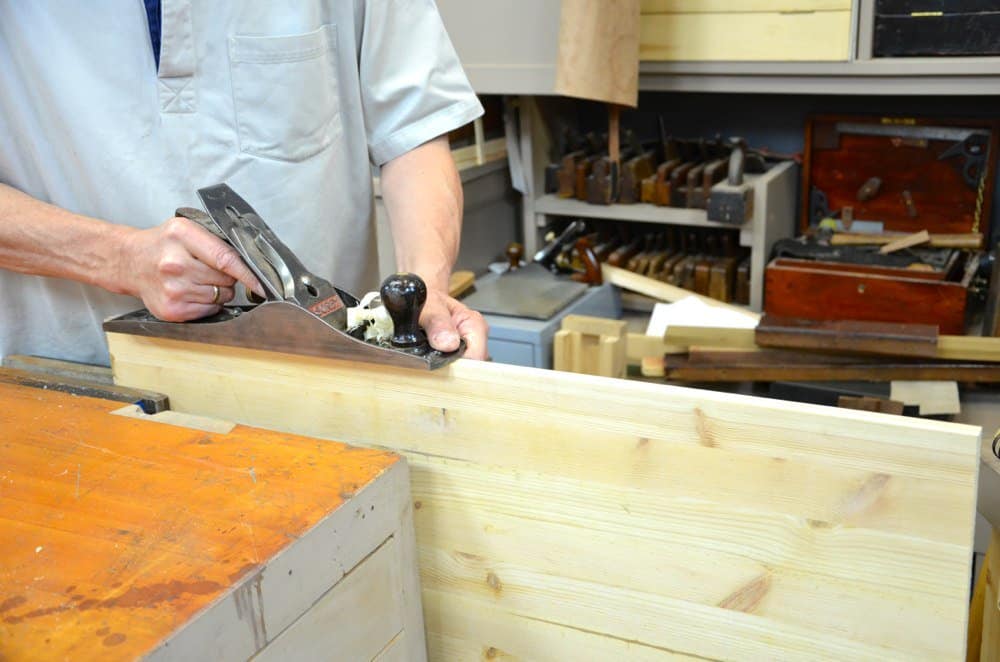

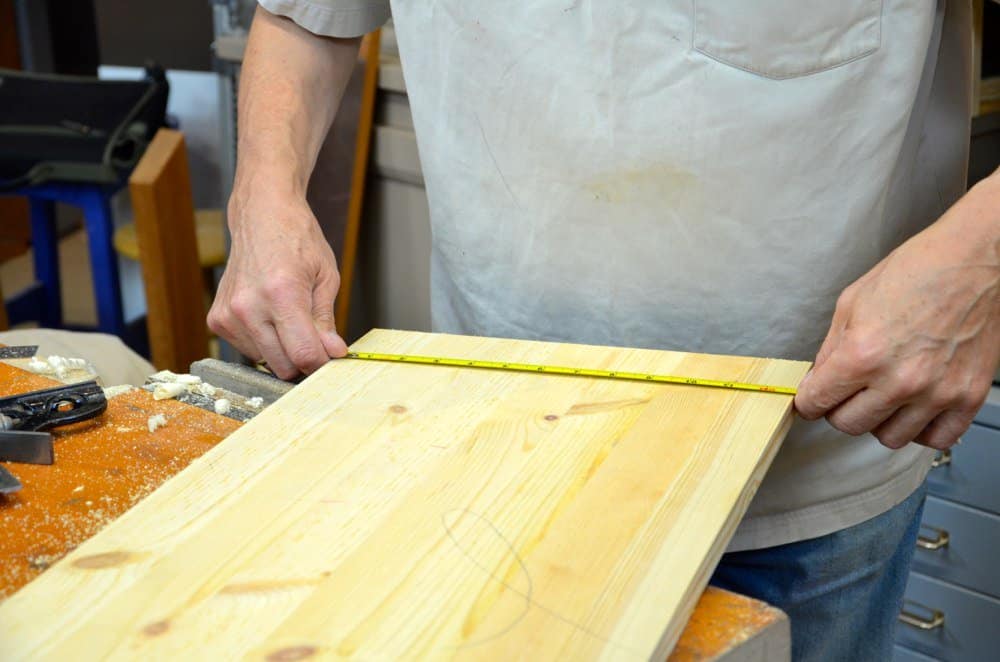



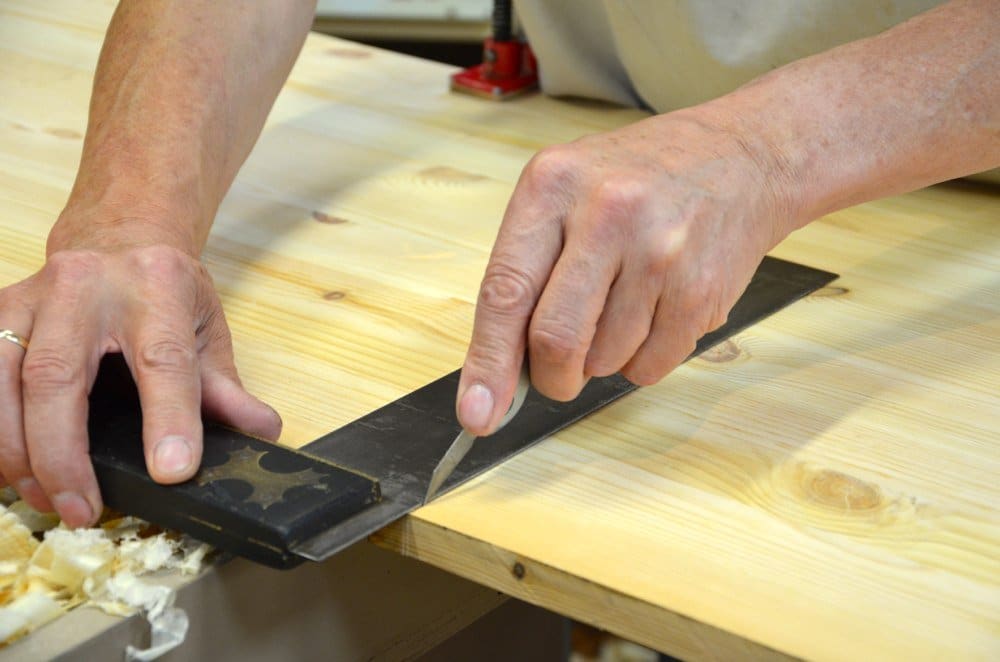
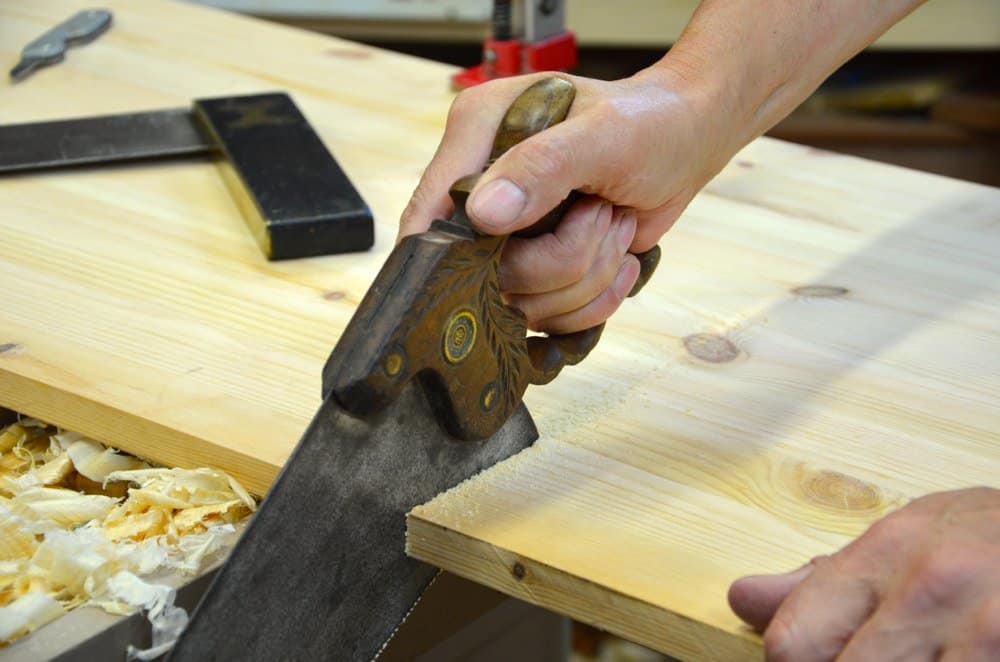

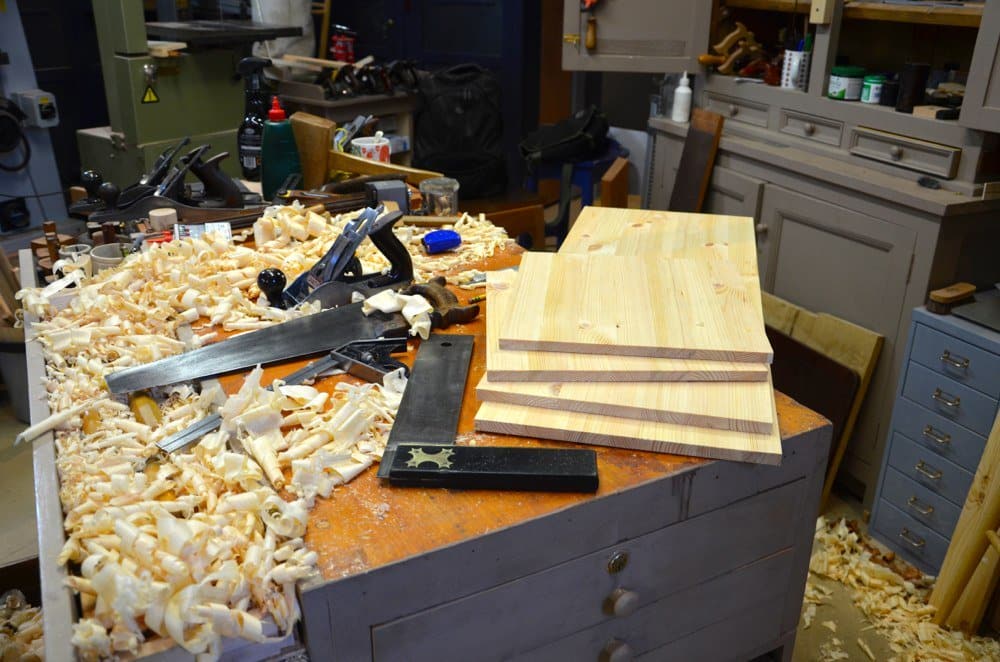
Brilliant article and very nice series this will be!
Anything related to tool storage, transport (for us who fathom work in the field), bench work, and the like is just brilliant. These are the areas a lot of us working in confined spaces or just beginning need guidance on and often get frustrated with.
Seeing the try-square got me to thinking that it might be able to be used in a pinch if a panel gauge is not to hand to mark the width.
Thank you.
I just use a stick and run my thumb and finger pinching the stick along the edge. Panel guages are unnecessary luxuries that look nice. Not really essentials.
Nice to know about that method.
Thanks, Paul.